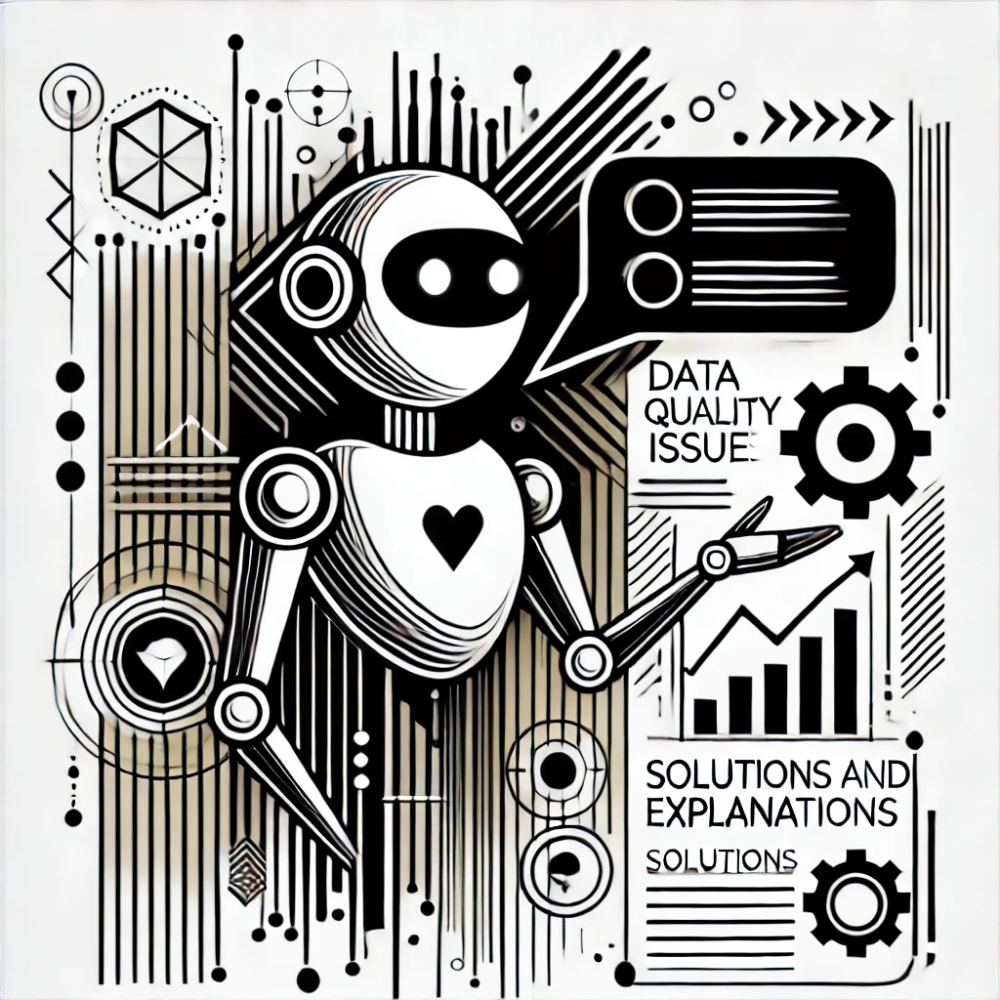Securing the Bottom Line: Evaluating AI-Powered Fraud Detection ROI in Banking

In an age where digital transactions are the norm, how can banks stay one step ahead of increasingly sophisticated fraudsters while ensuring a positive ROI? The answer may lie in artificial intelligence (AI), but implementing such systems requires careful consideration, especially when dealing with sensitive customer data.
The Financial Sector's AI Frontier: Fraud Detection
Let's examine a mock use case in the banking sector: AI-powered fraud detection. This technology may change how banks identify and prevent fraudulent activities, potentially saving millions in losses and preserving customer trust. But how do we determine if it's truly worth the investment?

A Systematic Approach to Evaluating an AI Project for Business Viability
To answer this question, we'll use an evaluation system laid out below designed to assess the potential ROI of AI projects, with special consideration for the sensitive nature of the data involved.
Step 1: Project Scope Definition
Using some test data to populate our evaluation model we can see how our AI-powered fraud detection project aims to develop and implement a machine learning model that can analyze transaction data in real-time, identify potential fraudulent activities, and flag them for review or automatic blocking. The primary stakeholders include the fraud prevention team, IT department, compliance officers, and senior management.
Step 2: Cost Assessment
Let's break down the estimated costs considerations for demonstration purposes:
| Cost Category | Estimated Amount ($) |
|---|---|
| Hardware/Infrastructure | 750,000 |
| Software Licenses | 500,000 |
| Data Acquisition and Preparation | 300,000 |
| AI Model Development (Training) | 1,500,000 |
| System Integration | 600,000 |
| Staff Training | 250,000 |
| Project Management | 400,000 |
| Data Security and Compliance Measures | 800,000 |
| Total | 5,100,000 |
Step 3: Benefit Projection
Projected financial benefits over a 3-year period:
| Benefit Category | Estimated Amount ($) |
|---|---|
| Reduced Fraud Losses | 12,000,000 |
| Operational Cost Savings | 3,000,000 |
| Increased Customer Trust and Retention | 2,500,000 |
| Total | 17,500,000 |
Qualitative benefits include enhanced regulatory compliance, improved customer experience, and strengthened brand reputation.
Step 4: Risk Analysis
| Risk Factor | Probability | Impact | Mitigation Strategy |
|---|---|---|---|
| Data Breach | Low | Very High | Implement robust encryption, access controls, and monitoring |
| False Positives | Medium | Medium | Continuous model refinement, human oversight |
| Regulatory Non-Compliance | Low | High | Regular audits, close collaboration with compliance team |
| Algorithmic Bias | Medium | High | Diverse training data, regular bias testing |
Step 5: ROI Calculation
Using the projected costs and benefits:
- Net Present Value (NPV): $8,900,000 (assuming a 10% discount rate)
- Internal Rate of Return (IRR): 68%
- Payback Period: 1.3 years
Step 6: Effort Estimation
| Project Phase | Estimated Duration (months) |
|---|---|
| Planning and Design | 3 |
| Development | 8 |
| Testing and Refinement | 4 |
| Implementation | 3 |
| Post-Implementation Review | 2 |
| Total | 20 months |
Step 7: Scoring and Ranking
Using a weighted scoring system (1-10 scale, 10 being the highest):
| Factor | Weight | Score | Weighted Score |
|---|---|---|---|
| Projected ROI | 25% | 9 | 2.25 |
| Strategic Alignment | 20% | 10 | 2.0 |
| Technical Feasibility | 15% | 8 | 1.2 |
| Resource Availability | 10% | 7 | 0.7 |
| Risk Level | 15% | 6 | 0.9 |
| Data Security and Privacy | 15% | 8 | 1.2 |
| Total | 100% | 8.25 |
Step 8-10: Comparative Analysis, Stakeholder Review, and Final Decision
After comparing this project's score of 8.25 and its strong financial metrics with other potential investments, and following a thorough stakeholder review (including input from the data protection officer), in this case it makes sense proceed with the AI-powered fraud detection project. But in many cases there is not a justification.
AI-Driven Projects Need Clear ROI 
Using a systematic evaluation may reveal a compelling case for investing in AI-powered fraud detection. With a positive NPV, high IRR, and a relatively short payback period, the financial metrics are highly attractive. The qualitative benefits, including enhanced regulatory compliance and strengthened brand reputation, further bolster the case.
However, this decision comes with significant responsibilities. The sensitive nature of the data involved demands stringent security measures and compliance with regulations like GDPR or CCPA. Regular monitoring of key performance indicators (KPIs) such as false positive rates, fraud detection accuracy, and data security metrics will be crucial to ensure the project delivers on its promise while maintaining the highest standards of data protection.
Navigating the Ethical Landscape
Implementing AI in fraud detection isn't just about ROI – it's about trust. Banks must be transparent about their use of AI and ensure that their algorithms are fair and unbiased. Regular audits and a commitment to explainable AI can help maintain customer confidence and regulatory compliance.
As we embrace this AI-driven approach to fraud prevention, one thing is clear: the future of banking security lies at the intersection of cutting-edge technology and unwavering ethical standards. By employing rigorous evaluation frameworks like the one demonstrated here, banks can navigate the AI revolution with confidence, turning technological possibilities into tangible results while safeguarding their most valuable asset – customer trust.
In this new era of finance, the winners will be those who can harness the power of AI not just effectively, but responsibly. The road ahead may be complex, but with careful planning, robust security measures, and a commitment to ethical AI use, the destination promises to be both profitable and secure.

 By
By


